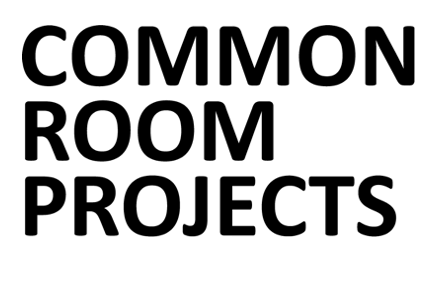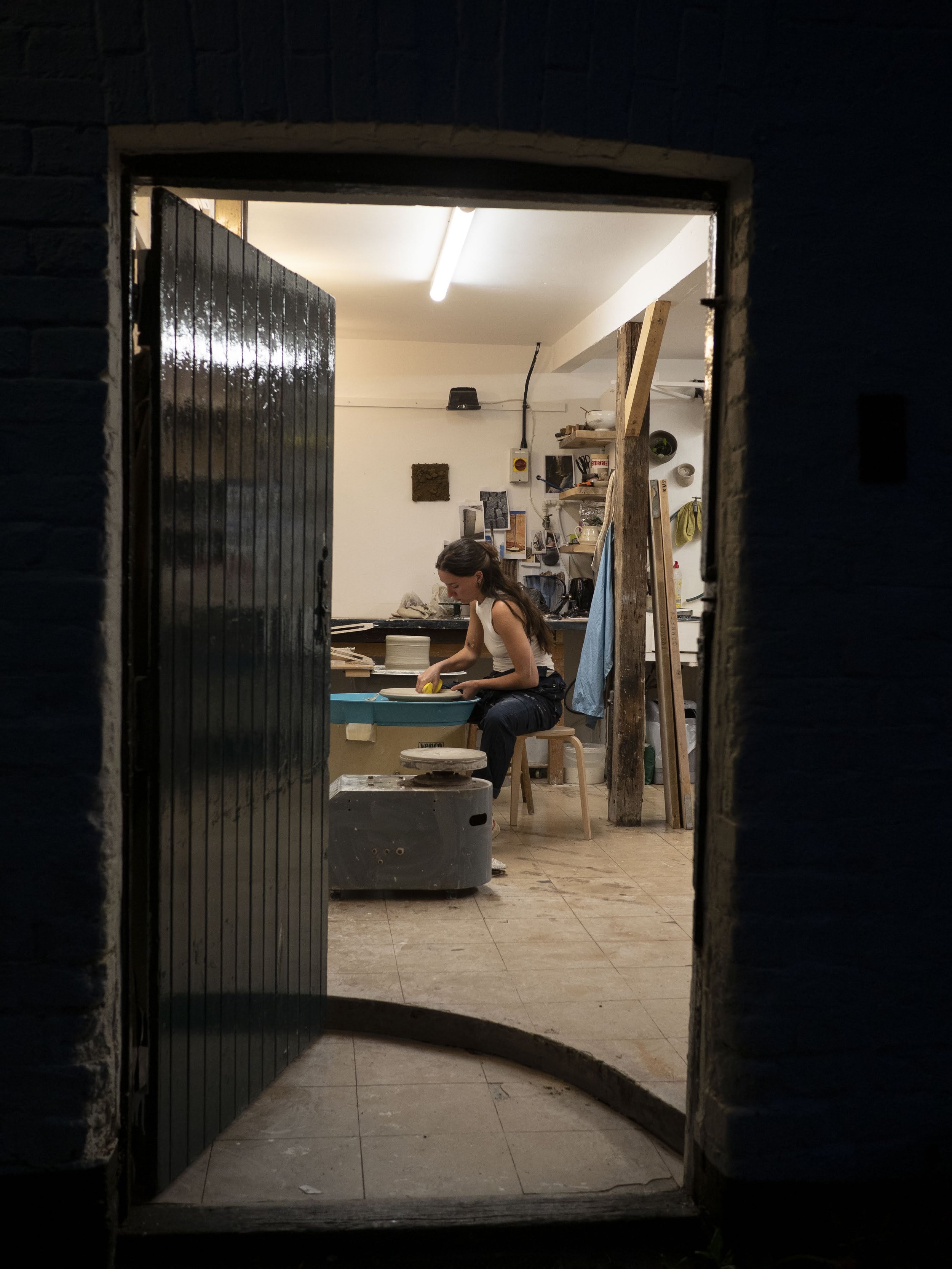GEMMA SMALE
‘The story in my work is the materials themselves. I feel excitement about what you can do with the things around you.’
It takes up to a week for the kiln to cool, and opening the doors is an event, with artists gathering together to see the results. Surfaces and glaze colours depend on atmosphere, the clay and the effects of the ash, meaning that each vessel is unique.
Ceramic artist Gemma Smale has turned to ethical materials in her practice in order to make vessels that connect to the place where they were produced. She uses a range of hand-sourced elements to create glazes for her wheel-thrown pieces, including iron blacksmith’s scraps, egg-shells, rock, crushed glass and local clays. She describes these as being ‘in conversation with each other’, their environment, and regional ceramic history.
Gemma began to wood-fire her work after working as an assistant to artist and musician Akira Satake while at La Meridiana International School of Ceramics, Italy. Satake employs kilns of a kind used for centuries, pointing out that the vessels they produce have much in common with phenomena such as ‘sand formations and rockfall.’ This is because their results are unpredictable, and have the randomness of nature.
Wood-fired kilns are rare, and hard to access. Each session is intensive, with artists packing seasoned wood around the pieces in a communal effort before closing the doors for a firing that can last between around 1 to 5 days, sometimes reaching temperatures of 1300 degrees centigrade. Each artist must surrender their work, and accept the results with equanimity. ‘You put the vessel inside and let go,’ Gemma says. ‘Thermal shock is a risk, for example. Shelves can collapse, creating disaster.’ She explains that the kiln must be kept fuelled at all times. ‘But that experience is bonding,’ she says. ‘Like being around a campfire.’
Gemma’s work celebrates not just the value of the hand-made object, but also the evidence of the artist’s touch. She welcomes the variations that arise from her sourced materials. Having developed her practice during an era of environmental crisis, she remains focused on how artists can continue to create art whilst encompassing the materials around them. ‘Artists are looking backwards to go forwards,’ she says. ‘So I ask myself: if the world came to an end, could I still do this?’
As well as Akira Satake, Gemma’s work has been influenced by her mentors and tutors both inside and outside of Central St. Martin’s. Studio assisting for the likes of artist Michael Francois, based in Cornwall, has deeply impacted her making technique, whilst also following the research of ceramicists such as Matthew Blakely as further inspiration. She has a studio in Harlow, Essex, where she explores making and incorporating material narratives into her work to create a deeper connection between the consumer and ceramic art.
The artist was interviewed by writer Annie Friedlein
‘Materiality’ runs from 20 April to 08 June 2024.
Please contact us for available works and price lists.








